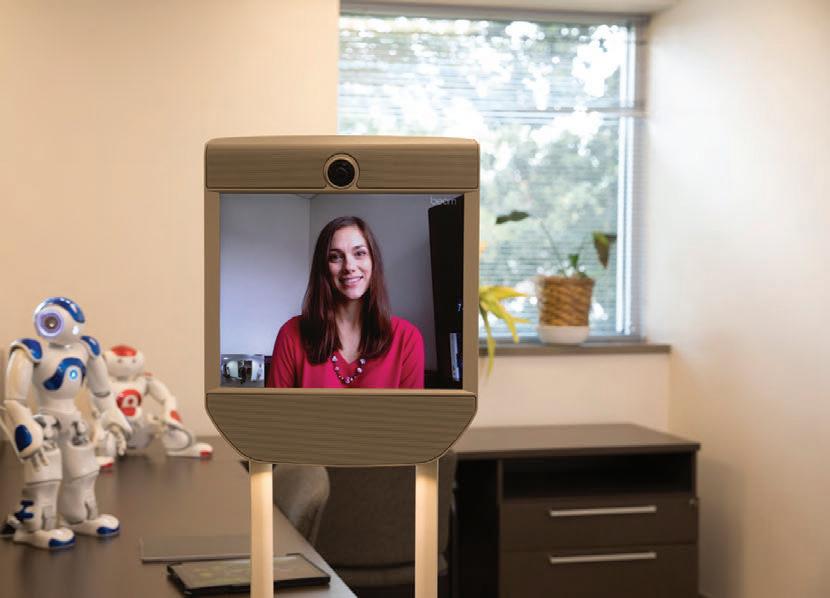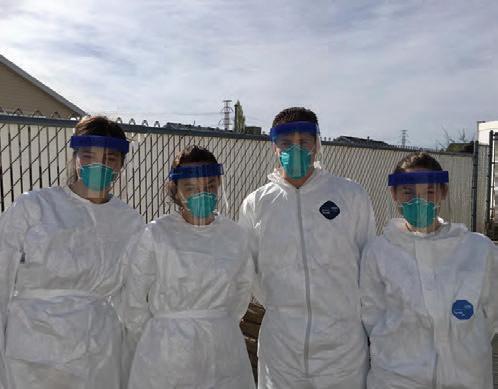
1 minute read
Workplace Breastfeeding Barriers
Despite federal protections in place to support breastfeeding for employees, the burden still falls on working mothers to advocate for the resources they need, found CPH doctoral student Rachel McCardel in a study for Workplace Health & Safety.
“We know that there are benefits of breastfeeding for both the mother and the infant, and we know that returning to work is a significant challenge for breastfeeding continuation,” said McCardel. “There is a collective experience that we wanted to explore and learn how can we make this better.”
The study surveyed female employees who performed a variety of jobs. In addition to asking questions about their access to breastfeeding resources like private rooms, breast pumps and lactation consultants, the respondents were also asked about their experiences with combining breastfeeding and work.
They found that most women, nearly 80%, had a private space at work to express milk, and around two-thirds of the women reported having break times to breastfeed.
But, the study also revealed gaps in the quality and accessibility of breastfeeding resources in the eyes of working mothers. Access to other resources like lactation consultants or breast pumps was less common. Many respondents also said they hadn’t expected to get much help from their employers, and there was a general lack of communication about the resources available to them.
“We’re now seeing about half of worksites offering some sort of health promotion programming, but only 8% offer lactation resources,” said McCardel. “That’s a missed opportunity because it’s a crucial part of worklife balance, especially for new mothers.”
Care and support for employees should extend to breastfeeding support, says McCardel. Better communication from employers on available resources, the study found, is one simple fix.
Read more: https://t.uga.edu/6aP










